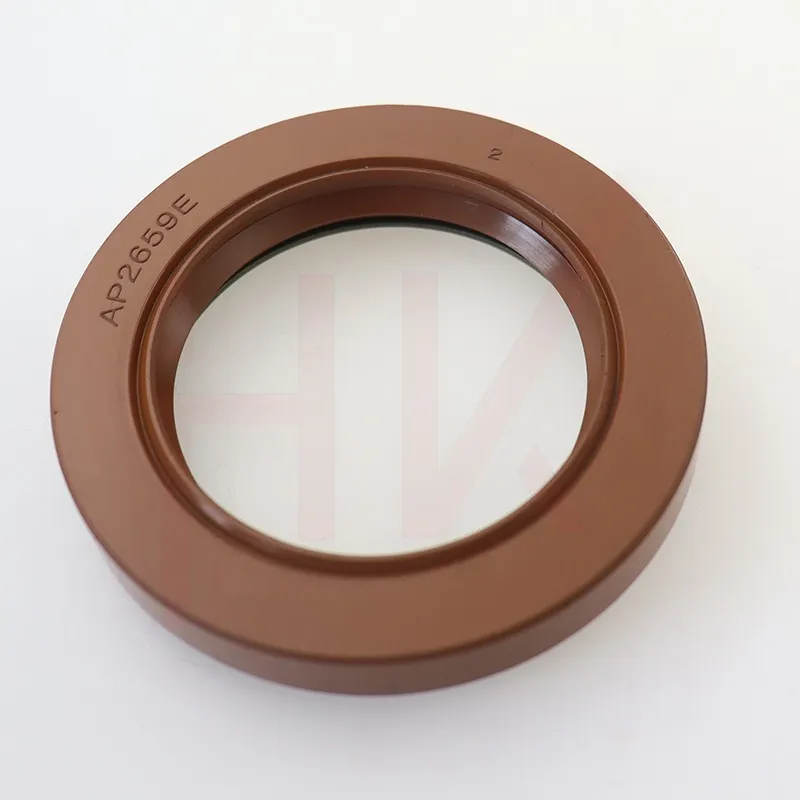ഡിസം . 05, 2024 19:24 Back to list
replacing wiper seal on hydraulic cylinder
Replacing the Wiper Seal on a Hydraulic Cylinder A Step-by-Step Guide
Hydraulic cylinders play a critical role in various machinery and equipment, providing the necessary force for different operations, such as lifting, pushing, or pulling. One essential aspect of maintaining the performance and longevity of hydraulic cylinders is ensuring that the seals are functioning properly. Among these seals, the wiper seal holds particular significance, preventing dirt, debris, and moisture from entering the cylinder, which can lead to premature wear and failure. In this article, we will provide a comprehensive guide on how to replace the wiper seal on a hydraulic cylinder.
Understanding the Wiper Seal
Before diving into the replacement process, it's important to understand what a wiper seal does. The wiper seal is located at the top of the cylinder rod and acts as a barrier against external contaminants. When the rod extends or retracts, the wiper seal scrapes away any debris that might cling to the rod surface. A damaged or worn wiper seal can result in leakage, reduced performance, and increased maintenance costs, making timely replacement essential for preserving hydraulic system efficiency.
Tools and Materials Required
To successfully replace a wiper seal, gather the following tools and materials
- New wiper seal (ensure it is the correct size for your hydraulic cylinder) - Cylinder rod - Cleaning cloths - Wrench set - Screwdrivers (flathead and Phillips) - Lubricant (preferably a hydraulic oil compatible with your system) - Seal installation tool (optional) - Safety goggles and gloves
Step-by-Step Replacement Process
1. Safety First Before starting any maintenance work, ensure that the hydraulic system is depressurized. Turn off the machinery and, if applicable, disconnect the hydraulic lines. Allow any residual pressure to dissipate to avoid accidents.
2. Remove the Hydraulic Cylinder Depending on your equipment setup, you might need to detach the hydraulic cylinder from its housing. Use the appropriate wrenches to remove mounting bolts and carefully slide the cylinder out.
3. Disassemble the Cylinder Once the cylinder is free, you may need to remove additional components such as the end cap to access the wiper seal. This may involve unscrewing bolts or nuts; keep track of all parts to ensure easy reassembly.
replacing wiper seal on hydraulic cylinder

4. Inspect the Cylinder Components Before replacing the wiper seal, inspect the cylinder rod and the bore for any signs of wear or damage. Look for scratches, pits, or excessive corrosion. If substantial damage is found, necessary repairs or replacements should be addressed at this stage.
5. Remove the Old Wiper Seal Carefully remove the old wiper seal using a flathead screwdriver or a seal removal tool. Be cautious not to scratch the rod or bore during this process. Make sure to remove all remnants of the old seal.
6. Clean the Surface Thoroughly clean the area where the new wiper seal will be installed. Use cleaning cloths to wipe away any dirt, oil, or debris. A clean surface is critical for proper sealing.
7. Lubricate the New Seal Apply a thin film of hydraulic oil around the new wiper seal. This will help facilitate installation and provide initial lubrication when the hydraulic system is restarted.
8. Install the New Wiper Seal Carefully place the new wiper seal into its designated groove. If you have a seal installation tool, this can help ensure even pressure and prevent damage to the seal during placement. Make sure the seal is seated evenly around the entire circumference.
9. Reassemble the Cylinder With the new wiper seal in place, reattach the end cap and any other components that were removed. Ensure that all screws and bolts are tightened to the manufacturer’s specifications.
10. Reinstall the Hydraulic Cylinder Slide the hydraulic cylinder back into its housing and secure it with the mounting bolts. Double-check that everything is in place and properly connected.
11. Test the System Before fully operating the machinery, it is essential to test the hydraulic cylinder. Reconnect the hydraulic lines, if applicable, and slowly pressurize the system while checking for leaks around the new wiper seal. If no leaks are observed, the job is complete!
Conclusion
Replacing the wiper seal on a hydraulic cylinder is an essential maintenance task that can significantly extend the life of the hydraulic system and maintain operational efficiency. By following the steps outlined in this guide, you can effectively replace the wiper seal and ensure that your hydraulic machinery continues to perform at its best. Regular inspections and timely replacement of seals can save time, reduce costs, and improve the reliability of your equipment. Always consult the manufacturer’s guidelines for specific recommendations regarding your hydraulic system.
-
Unlocking the Potential of Hydraulic Systems with Essential Sealing Solutions
NewsAug.06,2025
-
Unleash the Power of Your Hydraulic Systems with Our Premium Seal Kits
NewsAug.06,2025
-
Specialized Hydraulic Seal Kits for Breakers, Pistons, and Presses
NewsAug.06,2025
-
Revitalize Hydraulic Systems with Premium Repair and Seal Kits
NewsAug.06,2025
-
Fortify Your Cylinders with Premium Sealing Solutions
NewsAug.06,2025
-
Elevate Hydraulic System Reliability with Specialized Seal Kits
NewsAug.06,2025
-
TCN Oil Seal Metal Ring Reinforcement for Heavy Machinery
NewsJul.25,2025
Products categories
















